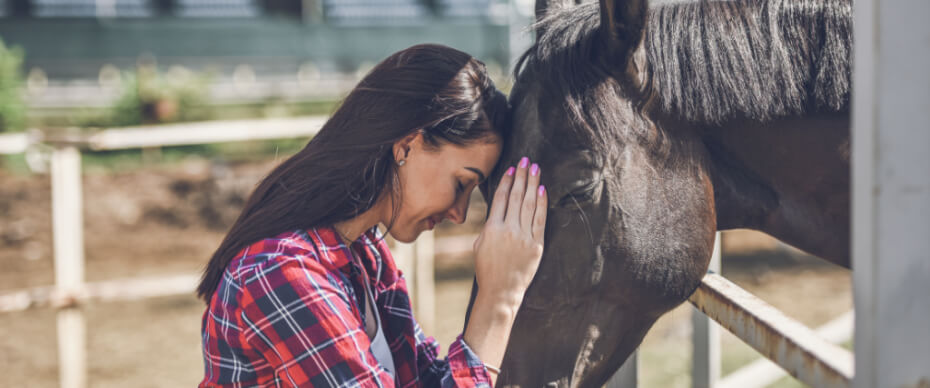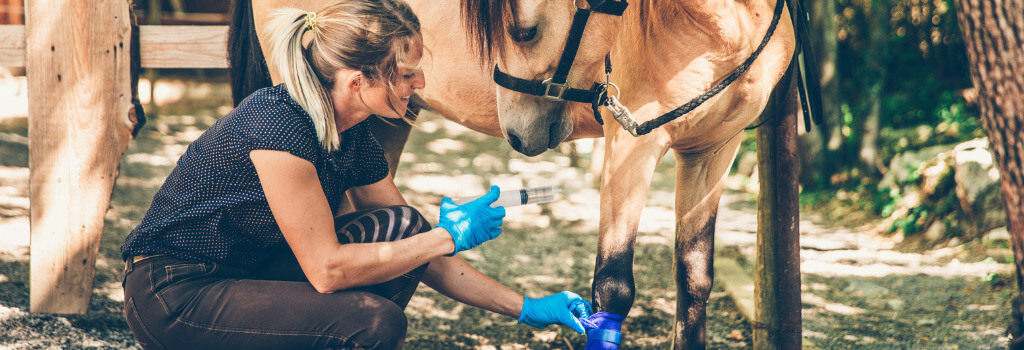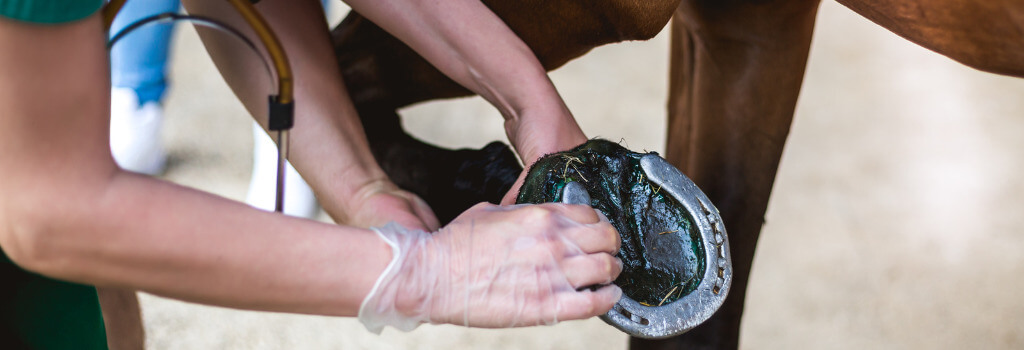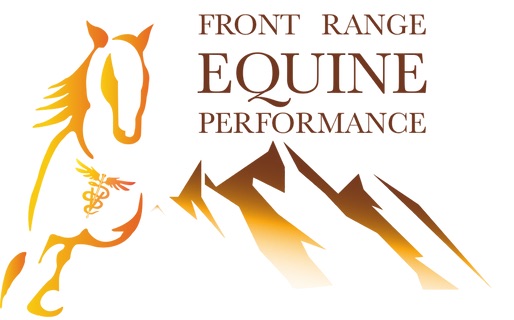
Equestrian First Aid: Be Prepared on National Horse Day and Beyond
The bond between humans and horses is one of unparalleled depth and devotion. It’s a connection forged in the stables, on the trails, and in the heart of every horse owner. But beyond the joys of riding and caring for these magnificent creatures, there lies a solemn responsibility — preparing for unforeseen emergencies and health issues. Since National Horse Day takes place on December 13th, now is a great time to brush up on your equine first aid knowledge. Keep reading to learn more.
First Aid Training for Horse Owners
Understanding how to respond to emergencies is fundamental. Knowledge empowers you to take the appropriate action when time is of the essence. Seek out equestrian first aid training courses and workshops, either in your local community or through online resources. Once you’ve mastered basic first aid techniques, practicing them regularly helps maintain your proficiency and boosts your confidence in handling emergencies. Make sure you have a well-stocked first aid kit on hand at all times, too.

Building Your Equestrian First Aid Kit
Preparedness is the key to being ready for emergencies involving your horse. To ensure you’re well-equipped to tackle unforeseen situations, it’s essential to have a properly stocked first aid kit.
Make sure your equine first aid kit has the following supplies:
- Wound Care: Ensure you have a stock of equine-specific antiseptic solutions and sterile gauze pads for efficient cleaning and dressing of wounds.
- Bandages and Dressings: Elastic bandages, adhesive tape, and non-stick dressings are invaluable for securing wounds and preventing contamination.
- Thermometer: Invest in a horse-specific thermometer to keep a vigilant eye on your horse’s temperature, which is a crucial parameter in determining health.
- Scissors and Tweezers: Equip yourself with these essential tools to cut bandages and remove foreign objects.
- Common Horse Medications: Familiarize yourself with common equine medications, including anti-inflammatories, pain relievers, and antibiotics, and keep them on hand. Knowledge of proper dosage and administration is vital, so talk to your veterinarian.
- Flashlight: A reliable flashlight is an absolute necessity, especially during nighttime emergencies and in poorly lit areas.
- Blanket: An extra blanket can be a lifesaver, ensuring your horse stays warm and preventing shock during emergencies.
- Bucket: Keep a bucket handy for administering oral medications and cleaning wounds.
- First Aid Manual: Your equine first aid manual will guide you through the most common emergencies.
Understanding Common Horse Ailments
Recognizing the symptoms of the most common horse ailments enables you to respond and begin treatment promptly.
Colic
- Recognizing Symptoms: An observant eye is necessary to identify signs of abdominal discomfort, including restlessness, pawing, and frequent rolling.
- Initial Response: Quick action is essential in the event of suspected colic. Remove food, encourage your horse to walk, and immediately call your veterinarian.
Lameness
- Types of Lameness: Educate yourself about the different forms of lameness and their potential underlying causes.
- Immediate Care: If your horse becomes lame, stay calm. Limit their movement and contact your veterinarian right away.
Wounds and Lacerations
- Assessing Wounds: Learn to evaluate the severity of cuts and puncture wounds to determine the appropriate treatment.
- Cleaning and Dressing: Clean wounds with antiseptic solutions and apply sterile dressings to prevent infection.

Responding to Emergencies
Knowing how to respond to both minor and major emergencies is crucial.
Here are some ways to ensure the best outcome for your equine companion in an emergency:
- Staying Calm: Your composure in times of crisis serves to reassure and soothe your horse, reducing stress levels. Staying calm also allows you to make sound decisions.
- Contacting a Veterinarian: Prompt communication with your veterinarian is pivotal in receiving the right guidance and support.
- Transporting an Injured Horse: Should the situation require it, knowing how to move an injured horse safely while minimizing stress to the animal is a crucial skill.
- Administering First Aid: Following your first aid training and the guidance of your veterinarian, apply the appropriate treatments to provide the best care possible.
- Pain Management: Alleviating pain and discomfort is integral to equine first aid. Follow your vet’s recommendations for pain management.
Prevention: Reducing Equestrian Risks
The adage “an ounce of prevention is worth a pound of cure” rings especially true in equestrian care.
Consider these four proactive measures to safeguard your horse’s health:
- Regular Health Checks: Routine check-ups with a qualified equine veterinarian are essential for early detection of potential health issues.
- Proper Nutrition: A balanced diet tailored to your horse’s needs is the cornerstone of their overall health.
- Safe Environment: Ensuring your horse’s living space is safe, well-maintained, and free of hazards is a priority for responsible ownership.
- Preparing for Extreme Weather: Be well-prepared to offer appropriate shelter and care to keep your horse comfortable and safe, regardless of weather conditions.
Equestrian First Aid on National Horse Day
National Horse Day is a great opportunity to do something special to celebrate the bond you share with your horse(s). And brushing up on first aid or sharing your knowledge with others is a perfect option.
Host or participate in equestrian first aid demonstrations and workshops to share your knowledge and expertise with fellow enthusiasts and promote preparedness within the community. Or collaborate with other horse owners to raise awareness about the importance of equestrian first aid and foster a culture of responsible horse ownership. Embrace National Horse Day as a reminder of your responsibility as a horse owner and as an opportunity to celebrate the well-being and safety of these magnificent creatures.
Conclusion
Equestrian first aid is a fundamental component of responsible horse ownership. By diligently maintaining a comprehensive first aid kit, understanding the intricacies of common horse ailments, and being prepared to respond to emergencies, you guarantee your equine companion receives the utmost care and attention they deserve. While celebrating National Horse Day, take a moment to reflect on the profound bond between humans and horses and the significance of preparedness within the equestrian world. In doing so, you not only honor your beloved horse but also champion the cause of equestrian first aid within the broader community.
Don't have a vet in your area yet? We can help you find a local veterinarian.
If you have more questions, the GeniusVets Telehealth platform will give you unlimited access to text and/or video calls with board-certified veterinarians! To learn more click here.
